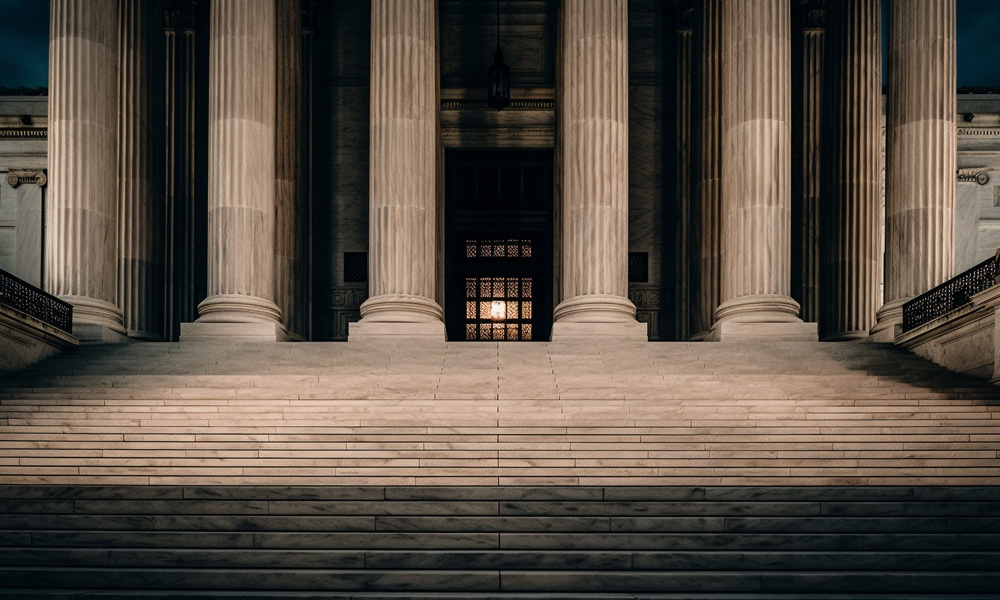
Truths from the Courthouse Steps: A Mediator’s Reflection
Thanks for clicking through.
That experience, intense and unpredictable as it was, left me thinking deeply about what truly moves cases toward resolution — and what we, as mediators and advocates, can learn from the long road to settlement. Below are some key takeaways that continue to shape how I approach mediation today:
Truth #1
The Path to Settlement Isn’t Always Linear
This case came close to trial — settlement happened just one day before the final pre-trial conference. But that doesn’t mean the earlier attempts at resolution were wasted. Each step, from the initial outreach to the rejected mediator’s proposal, was part of building the foundation for a deal. Sometimes, parties need to walk right up to the courthouse steps before they’re genuinely ready to engage. Timing matters, and so does patience.
Truth #2
Collaboration Changes Outcomes
I was fortunate to partner with a seasoned plaintiff’s trial lawyer who brought decades of experience and steady judgment to the table. His presence elevated every stage of the case. The mediator, too, was instrumental — not just for their process skills, but for their tenacity. When early efforts stalled, they stayed engaged, kept communication open, and ultimately helped bridge the gap. These kinds of partnerships don’t just support the process — they shape the result.
Truth #3
It’s Not Just About the Money
In this case, both sides were driven by more than just dollars. My client wanted recognition — a sense that what happened to him was wrong and that it mattered. The company, for its part, was focused on principle and preserving its authority over internal decisions. Successful mediators pay attention to these underlying motivations. When we focus only on the numbers, we risk missing what actually moves people toward resolution.
Truth #4
Follow-Up Matters
After a failed mediation session and a rejected proposal, it would have been easy to assume the door was closed. But the mediator stayed in contact, and we kept gently pressing forward. That persistence — without pressure — is what ultimately brought the case to resolution. It’s a mindset I carry into every mediation I conduct: never assume the door is closed just because it didn’t open the first time.
Each case is different, but the lessons from this one continue to shape how I show up as a mediator: with patience, flexibility, and a deep respect for the emotional and strategic complexity of resolution. Thanks for reading.
Ready to book a mediation?
